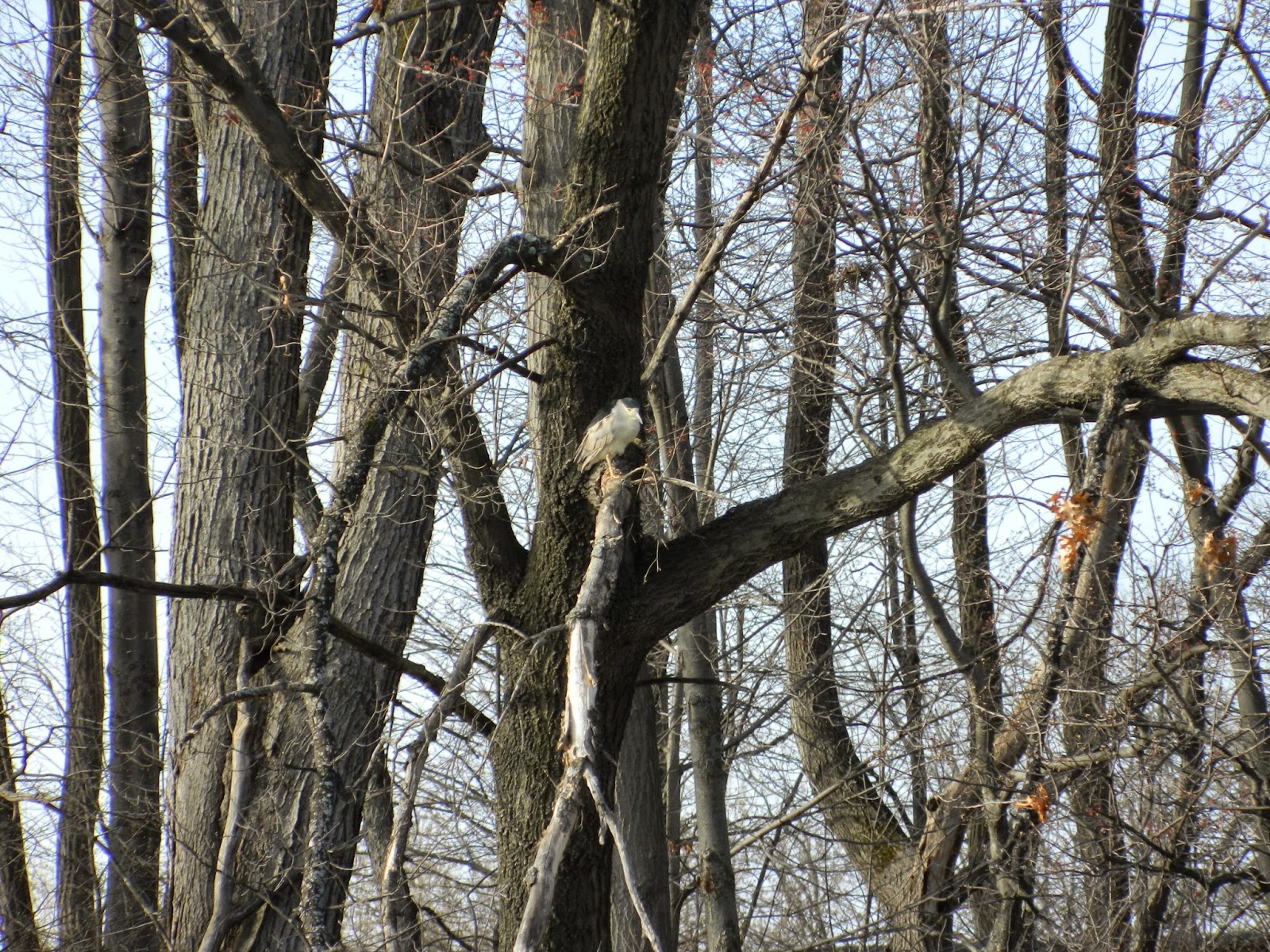Caspian Tern, Mohawk River near Cohoes
Three Caspian Terns, with Ring-billed Gulls, Mohawk River near Cohoes
Belted Kingfishers "doing it", Normanskill
male, flying right, and female, left, Belted Kingfishers
Osprey with goldfish snack, The Crossings of Colonie
Horned Grebe, The Crossings of Colonie
Horned Grebe, The Crossings of Colonie
Five Bonaparte's Gulls, (two with black hoods), and larger Ring-billed Gulls
Same birds as above, now with a guest- Caspian Tern (right)
Virginia Rail, RamsHorn-Livingston Sanctuary, Catskill
Observation tower, RamsHorn-Livingston Sanctuary, Catskill
Listening to Virginia Rails, RamsHorn-Livingston Sanctuary, Catskill
What's Next:
April 26- May 3: The early neotropical migrants are piling up just to our south, and will be arriving shortly, perhaps as early as Tuesday morning (29th), and continuing sporadically into the weekend. The list of expected arrivals is a long one:
Vireos: Warbling and Yellow-throated.
Warblers: Blue-winged, Black-throated Green, Ovenbird, Northern Waterthrush, Prairie, Black-and-white, American Redstart, Blackburnian, Nashville, Northern Parula, Chestnut-sided, Black-throated Blue, and Magnolia.
Woodland songbirds: Gray Catbird, Wood Thrush, Rose-breasted Grosbeak, Baltimore Oriole, Great Crested Flycatcher, Scarlet Tanager.
Sparrows: White-crowned, Clay-colored (rare).
Shorebirds: Solitary and Least Sandpiper, Dunlin.
Miscellany: Chimney Swift, Eastern Whip-poor-will, Bobolink, Ruby-throated Hummingbird, Cliff Swallow.
If the weather conditions are favorable, i.e. warm temperatures and south winds, all these species could show up by the end of the period; if not, they will trickle in at a much slower rate. Stay tuned
Capital Region Bird-finding Calendar is here
TW

















































